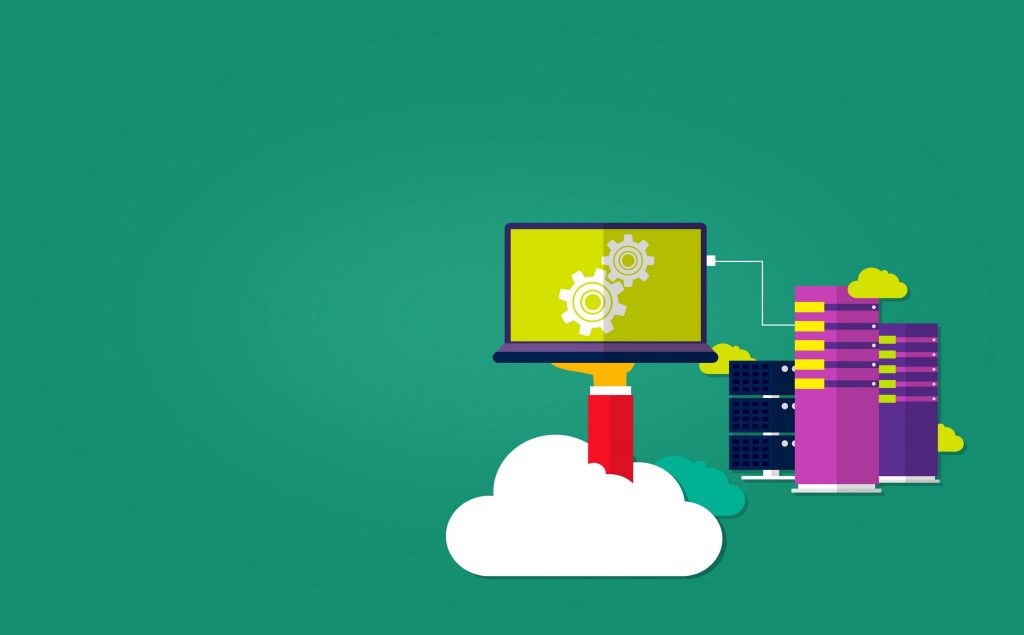The modern data landscape has become increasingly complex and there is a mad dash among organizations to create and execute the perfect data management strategy. While complexity is nothing new, what has changed considerably is the pace, scale, and urgency of the various factors driving this trend. Mounting volumes of data coupled with heightened security risks and the need for a seamless customer experience encourage organizations to look closely at their data. To know more about the dominant data management trends that are prevalent among small and medium-sized businesses in 2019, look no further than the curated list here.
Make manual data management less time consuming
Every company generates tons of organizational data on a regular basis. The more time enterprises and employees spend on managing this data, the less time they have left over for analytics. However, data management is primarily a manual process and takes up a lot of time. Not all firms are able to execute this job properly. That’s why small companies stand to learn a thing or two from the larger firms like Amazon that enable publishers, vendors, customers, and partners to manage a significant portion of their personal data, thereby leaning heavily into self-service.
Decrease system complexity
The struggle to keep small and mid-sized businesses afloat is real. The problem is compounded by the fact that only a chosen few understand the inner workings of the essential systems. For that reason, many firms take crucial steps to simplify internal IT systems and processes. By embracing microservices and DevOps, organizations have a shot at reducing their error rate and improving their overall stability. Once you’ve implemented all the proper procedures, you’ll be pleasantly surprised by the effectiveness of the data management measures, even though you did not start out with that initial goal. What’s more, your employees don’t have to spend too much time learning more about this data management trend; they can immediately put this into action.
Make room for strong data management applications

Smaller companies need to embrace automation and speed. Implement policies like “bring your own device” (BYOD) in the organization to gain traction. This trend is heating its peak and becoming a must for data management enthusiasts. Remember, it no longer matters if you prefer an iPhone over Android or a Windows system instead of an Apple device. Companies are the real champions here, benefitting from decreased hardware costs and greater staff productivity. However, keep in mind that you need proper data security measures alongside all this to stay up-to-date in this multi-device environment. Thanks to large scale enterprise providers, the IT departments in smaller businesses now have a shot at securing and managing data and devices.
Prepare for IT outsourcing

With the IT infrastructure in most organizations growing more diverse, IT outsourcing has now become the go-to solution for companies that want to harness the best in the available technology. Companies have taken to outsourcing data management activities to streamline operations and cut costs. What’s more, a good data management solution will now also pay attention to security and confidentiality.
Managed service providers offer the capability to support and integrate a complex range of technology. With data security and cybercrime ranking high on the list of concerns, round-the-clock monitoring services are a must to ensure that any sudden issues are dealt with rapidly and everything proceeds smoothly.
With minimal downtime, resilient backup systems, and everyday support from industry experts, organizations can now focus on building the productivity of their teams, becoming better equipped and more efficient for the future.
Explore available data storage options

Thanks to the cloud and other new technology, companies have begun to change the way organizations deal with data storage. Significant growth has been registered in the uptake of infrastructure-as-a-service solutions where customers have the option of moving to offsite infrastructure and paying only for what they use. Along with cloud-based solutions, businesses can even adopt pay per use data storage models with hardware present on the site. Arrangements can also be made to buy at the end.
Small and mid-sized companies are now opting more for hybrid solutions that mix the security of on-site storage for sensitive and business-critical data with the flexibility of private cloud storage for data that’s less sensitive. If that’s not all, many enterprises have begun to initiate tiered storage options, where various data categories are assigned to different kinds of storage media.
This is meant to adopt the most appropriate technology for the data being stored and to reduce the total cost of storage. Flash technology is constantly changing and it is possible that it will be upgraded later to improve system performance. With costs falling rapidly, more data will be transferred to flash storage for security and reliability.
Alternatively, built-in storage has become a feasible alternative with several customers opting for storage that’s built as per their hardware infrastructure, thus eliminating the need for separate storage systems. On top of all this, software-defined storage (SDS) enables companies to become more agile in the way they benefit from virtualization without purchasing any new hardware. It supports the use of different kinds of storage hardware to offer a platform that’s easy to use and supports upgrades. This seems like the perfect solution for companies that want to upgrade their current IT equipment with new storage technology.
The introduction and maturity of hypervisors and SDS indicates that companies will have an easier time when mixing network vendors and servers, thereby offering improved flexibility to the buyers who can now pick what suits their individual storage needs than ever before as well as the ability to shop around.
Don’t fear change
Changes bring new opportunities and new trends in data management are in the cards for 2019. Owners of small and mid-sized businesses should keep an ear to the ground if they want to capitalize on these trends and reach a wider audience. If done correctly, the newly implemented data management structure can drive opportunities from analytics, automation, and real-time processing among others.
Featured image: Freerange Stock



